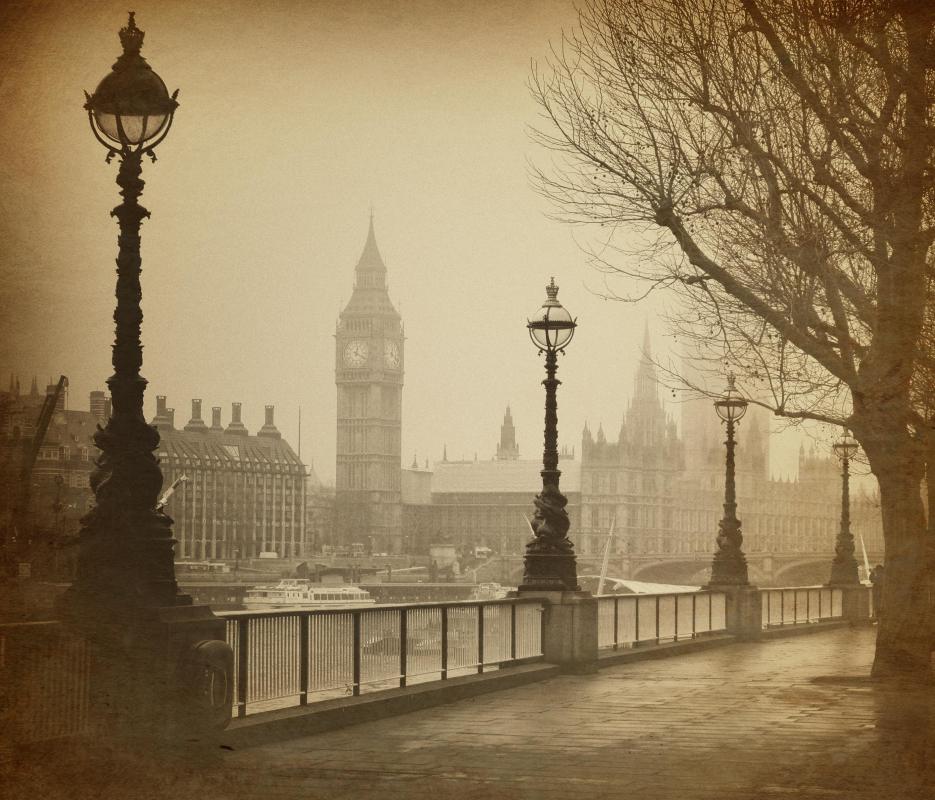At HomeQuestionsAnswered, we're committed to delivering accurate, trustworthy information. Our expert-authored content is rigorously fact-checked and sourced from credible authorities. Discover how we uphold the highest standards in providing you with reliable knowledge.
What is a Victorian Fireplace Surround?
A Victorian fireplace surround framed the fireplace and could be made of polished or painted wood, marble, or cast iron, sometimes with inlaid tile. Shelves and a mantel often showed off decorative treasures to visitors. Some boasted large mirrors to maximize light reflection and were a sign of the owner's taste and wealth. The fireplace provided heat and light for family and guests. The surround itself became a beautifully ornamented showpiece.
In the Victorian period, which refers to the time of the reign of Queen Victoria of England from 1837 to her death in 1901, coal replaced wood as the primary fuel for fireplaces. The grates in a Victorian coal fireplace were smaller and more contained, with angled sides to reflect heat into the room. In the early and mid-nineteenth century, the size and degree of importance of the room would dictate the elaborateness of the fireplace surround, and the size of the firebox itself. At the onset of the twentieth century, excess ornamentation fell out of favor and was replaced by natural and geometric designs.

Surrounds for less important or private rooms were less fancy. A Victorian fireplace surround in the kitchen of a large home might be made of brick, and later in the century would house a cast-iron stove. Cast-iron and painted wood were also used in bedroom surrounds. Tile was often inlaid around the grate as a decorative accent. When metal parlor stoves came into use starting in the mid-1800s, the fireplace surround would often be left in place and the stove piped into the chimney after the firebox was blocked off.
In the Victorian era, cleaning a Victorian fireplace surround was a tremendous chore for the maids or homeowner because of the mess from burning coal, and the absence of fronts or inserts, as are found on modern day fireplaces. Today, marble surrounds can be sponged down with water and a soft cloth. Stone or brick can be sealed to keep soot from staining the material, as well as tile grout.
In large Victorian homes where heating systems have been updated, the original fireplaces were often covered over or painted, but can still be restored for their aesthetic value. Working units can be refitted for natural gas, electricity, or solid fuel. Restored fireplace surrounds are more expensive than reproductions due to their scarcity and age. A new firebox or insert can be installed by a fireplace dealer. Restoration companies can offer homeowners expert help in refurbishing and caring for an antique Victorian fireplace surround.
AS FEATURED ON:
AS FEATURED ON:











Discuss this Article
Post your comments